1.
The Wulin area has a "semi-mountainous" terrain, with rolling hills interspersed with plains. However, the soil on the fields is sandy, making it difficult to cultivate.
Instead, people raise a lot of cattle. Local grass for cattle to eat is increasingly scarce, so local people have to go to cut grass in distant fields and then bring it back here to sell, creating a bustling grass market in the southwestern border region of the Fatherland.
The market opens at noon, when the hot mountain sun beats down, wilting the grass. Cow and buffalo owners from all over the area gather at the market, go to the long rows of grass bundles standing upright along the roadside, pick them up and put them down, and bargain.
Late afternoon, the last bundles of grass were sold. The buyers happily left. The sellers lingered along the roadside, counting the little money they had earned, thinking about the cans of rice for dinner.
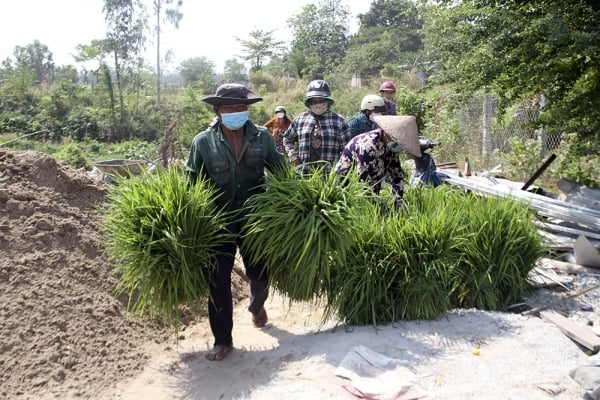
Local people carry weeds from the wharf to O Lam market to sell. O Lam weed market is in O Lam commune, a mountainous commune of Tri Ton district, An Giang province.
Ms. Hen is Khmer and can only speak a few basic Vietnamese sentences and simple numbers learned through trading with the Kinh people. When I asked her something, she just smiled, confused. Her husband, Mr. Chau Sang, knows Vietnamese quite well because he studied until the third grade.
He said, 5 bundles of grass are sold for 20,000 VND. A good and diligent person can cut more than 20 bundles a day, which means earning nearly 100,000 VND. He and his wife pool their money together and earn more than 100,000 VND a day from selling grass. That amount of money is enough to feed a family of four, of course, they have to save as much as possible.
It was the first time in my life I heard of a family making a living from grass so I was very surprised, but Chau Sang considered it very normal. He said, in this country, people rely on grass to live, a lot.
2.
That night, I slept at Sang’s house, a thatched house leaning against the slope of the Phoenix Mountain range. Looking from front to back, the house was empty, with no valuables in sight except an old TV on a dusty wooden table.
The brightest spot of this small house is probably the two red and green plastic tables, on which are neatly arranged books, two stools placed beside them. That is the study corner of Chau Sang’s children, one in grade 7 and the other in grade 3.
Seeing strangers coming to the house, they shyly hid in their mother's arms. Occasionally, they secretly looked at me, their big, black eyes. During dinner, I saw Sang and Hen often looking at the two children, then looking at each other and smiling happily. I knew that those two angels were the most precious things they had. Sometimes, people were willing to exchange drops of sweat just to have a dinner like that.
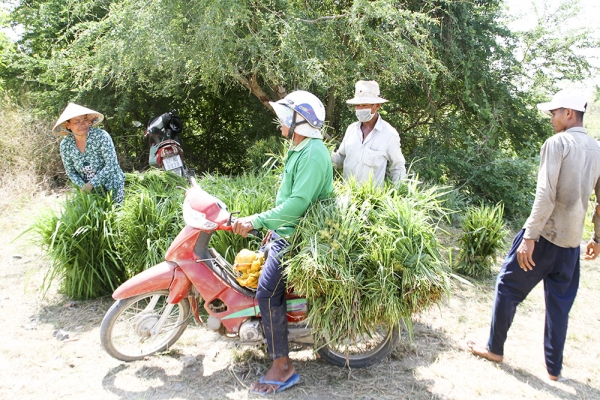
Mr. Sang and Ms. Heng's family were happy to sell the first bundles of weed at O Lam grass market, O Lam commune, Tri Ton district, An Giang province.
I said I slept, but in fact I couldn’t sleep that night. When the rooster crowed at the end of the village, Chau Sang and Hen also woke up to prepare for a new day of work. We used our flashlights to go to the canal bank, where their small boat was parked. This was also their most valuable means of transport for them to cut grass and sell it every day.
Grass in O Lam or Co To area is now very little, only by going through Kien Giang province, about thirty or forty kilometers away, can we hope to still have grass to cut. Mr. Sang said so, then let the car start running along the small canals, going towards Hon Dat, Kien Giang. I wonder what Mr. Sang and Ms. Hen are thinking at this moment, when starting a new cycle of making a living?
At the canal section we stopped at dawn that day, there were dozens of people like Sang and Hen. At other canal sections, the grass cutters were also in large numbers. They submerged half their bodies in the water, cutting the wild grass growing along the canal, tying them into small bundles and placing them neatly on the bamboo mats. They hardly spoke to each other, only focusing on their eyes and hands to do the job as quickly as possible. Because even a little carelessness could result in an unsatisfying dinner.
The grass market still takes place in O Lam every day, bustling with buyers and sellers. For some reason, every time I pass by here, I often just stand quietly in a corner of the market, watching the grass sellers huddled next to their bundles of grass. It is easy to recognize them because their clothes are often soaked from the waist down. They are like blades of grass growing out of water, half submerged, roots still clinging to the mud…
3. I suddenly remembered the time I visited the broom-binding village in Phu Binh (Phu Tan district, An Giang). The woman sat there, wiping sweat from her forehead, and said philosophically: "Anyone who has a job that involves grass will suffer. If you don't believe me, just look at us, we are so miserable.
Every broom bundler here wears several masks, three or four layers of clothing, socks, and gloves, no matter how hot it is, they have to be "equipped" like this. Why? Because the grass used to bundle brooms sheds a lot of dust, and wearing it like that still gets in, and in the afternoon, when they scratch, they will bleed and itch.
Not to mention, there are batches of imported grass that are sprayed with pesticides, people spray them to make the grass grow well and sell them at a high price. They don't know that those "batches" of grass are extremely itchy and toxic, the women who finish tying them up sometimes end up in the hospital, the wages they receive are not enough to pay for the medicine.
I remember that in the past, reed flowers were used to tie brooms, a type of herbaceous plant that lives mainly in the river areas of the West. Every flood season, reed flowers bloom long like grass. People cut those flowers to tie brooms, which are both durable and beautiful. But now reed flowers are very scarce. If there are no reed flowers, we have to replace them with grass flowers.
"This type of grass cotton is ordered from the Central region. I don't know if the grass cotton cutters out there are in trouble, but we sitting here holding brooms are in trouble. But how can we quit this profession? This craft village has existed for hundreds of years. Many generations have depended on it to make a living.
The income is only about a few dozen to a hundred thousand dong per day, but if you don't work, you don't know what to do. Young people nowadays rarely follow this profession, they all go to Binh Duong or Saigon to work as factory workers.
Her voice was steady, not complaining, but as if she was explaining. Because no matter how much she complained, it was not easy for these women to tear their lives away from the grass here.
I couldn’t see anyone’s face clearly because they were covered with masks and scarves. In their hands, the grass was flipped upside down and sideways, throwing out tiny dust particles like bran. I guessed that these women were about my sister’s age. Then I suddenly remembered that my sisters and I had also spent many years making a living with grass.
It was around the 90s of the last century, when pesticides were not yet popular, the fields were often covered with weeds growing among the rice.
Therefore, weeding for hire was very popular in my hometown. When I was 12 years old, my mother asked my sisters to teach me how to weed. I learned one day, and the next day I was paid to weed for hire. The first few days, I missed a lot of weeds, my sister had to follow closely to help, but the landowner still spoke harshly to me.
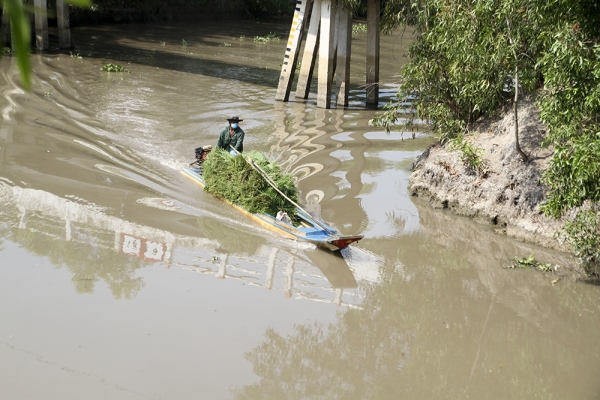
A farmer carries weeds to the market to sell at O Lam weed market, O Lam commune, Tri Ton district, An Giang province.
But the work was not always as easy as I felt. The summer-autumn rice crop often fell during storms, and we had to expose ourselves to the sun and rain in the fields, as if we were being damned. My sisters and I were exposed to water for too long, so our hands swelled up, then oozed yellow fluid, and many places bled. Our legs were also eaten away by the water, causing ulcers.
In the evening, we had to soak our hands and feet in salt water, and the next morning, as soon as our wounds had dried, we had to go back to the fields. This continued for months, until all the fields bore fruit, and the landowners did not hire us anymore.
Of course, my mother used all of my sisters’ wages to buy rice. Many times, holding a bowl of hot rice in my hand, I did not eat it right away but watched the thin smoke rising, gently inhaling the aroma of new rice. I thought to myself, those bowls of rice were carefully prepared from my sisters’ sweat and tears, and it was also associated with the fate of wild grass.
Later, people used too much herbicide, so the job of weeding for hire gradually disappeared. My sisters are now in their fifties, and when recalling the past, they can only sigh and say, "It was so hard back then." My nephew and the children in the neighborhood now have little interest in farming.
They flocked to the city, joining the bustling crowds. Their dream was of vast green grasslands, not of the weeds and weeds like us.
As I write these lines, I suddenly think of Chau Sang and Hen’s two children in Co To. I wonder if they have returned from school yet? I silently hope that they will not have to drop out of school for any reason, that they will be strong and healthy so that in the future they can use their knowledge to enter the world, without having to struggle like their parents do now.
Thinking of the bright eyes and pretty faces of the children, I believe that they will succeed. I also believe that my grandchildren, the children of the broom-making village of Phu Binh, will write a bright page in their lives.
Source: https://danviet.vn/cho-chi-ban-co-dai-o-an-giang-cho-la-cho-lung-cha-thay-ban-thit-tha-ca-mam-den-noi-hoi-bat-ngo-20240825195715286.htm


![[Photo] Prime Minister Pham Minh Chinh chairs a meeting of the Government Standing Committee to remove obstacles for projects.](https://vphoto.vietnam.vn/thumb/1200x675/vietnam/resource/IMAGE/2025/10/06/1759768638313_dsc-9023-jpg.webp)




![[Photo] Prime Minister Pham Minh Chinh chaired a meeting of the Steering Committee on the arrangement of public service units under ministries, branches and localities.](https://vphoto.vietnam.vn/thumb/1200x675/vietnam/resource/IMAGE/2025/10/06/1759767137532_dsc-8743-jpg.webp)
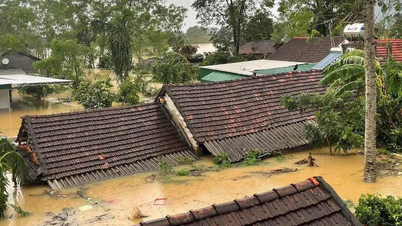





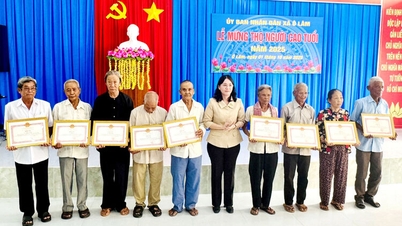

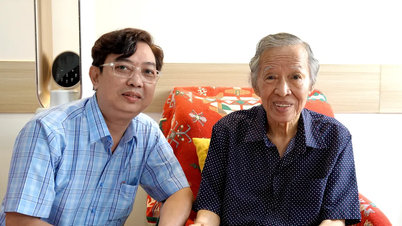
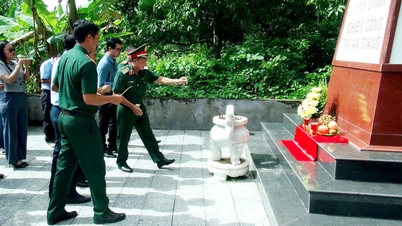
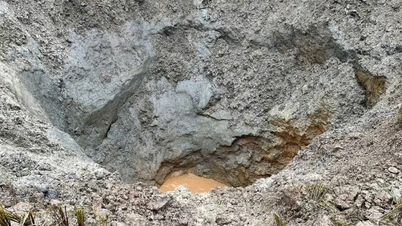


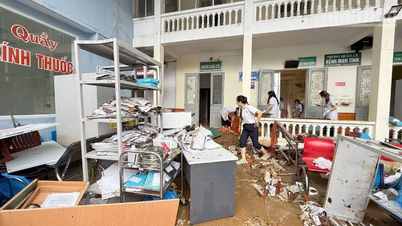
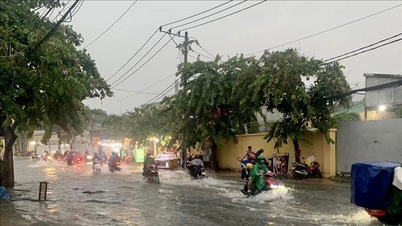
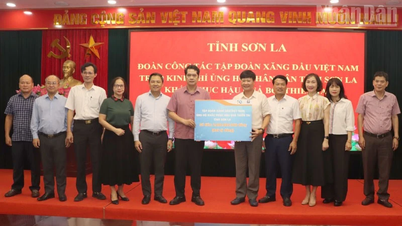
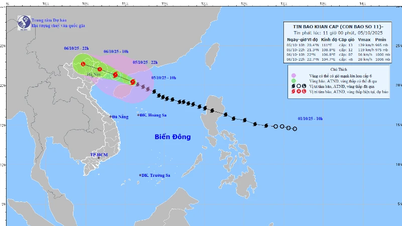







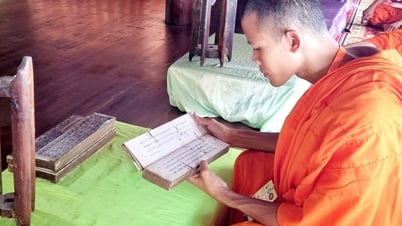

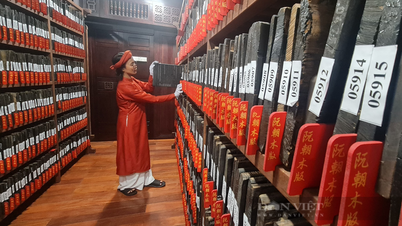




















































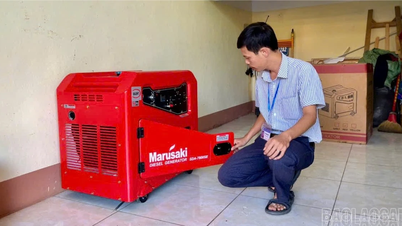
















Comment (0)